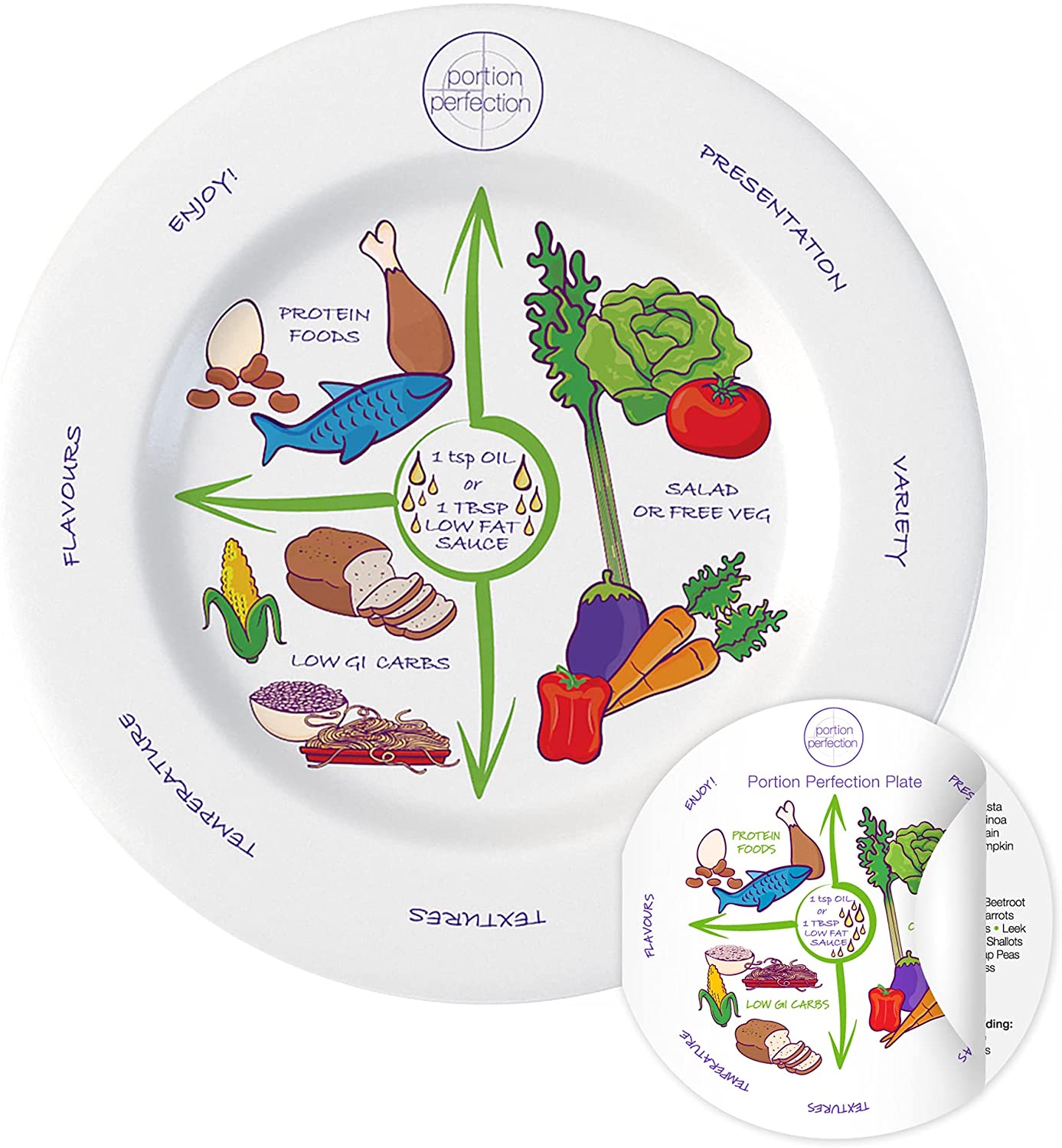
Many people think yoga does not burn calories as well as other workouts, so they need to incorporate traditional cardio into their daily routine. While some types of exercise may be more enjoyable and healthier for your heart, they do not burn calories as effectively. The following facts will show you how yoga can burn calories. You may be surprised. Here's what experts have to say. You can also try some of the types you love.
Hatha yoga
You may have wondered if yoga really does burn calories if you were considering it as a way of losing weight. The truth is, it does! All forms of yoga have the potential to reduce calories. A one-hour yoga class could actually burn as much as 183 calories. However, this is an average so it's important to increase your intensity to reap the maximum benefit.
Bikram yoga
Bikram yoga is believed to help you lose weight and calories. Many people who do this intense exercise actually lose weight and gain muscle mass. Colorado State University's studies have shown that hot yoga can result in a burning of between 1,000 and 1,500 calories per class. While intensity varies according to the person, an average person will burn between 300 and 460 calories in a session of hot yoga.

Power yoga
Power yoga is an exciting new form of yoga that can be challenging and fun. Yoga has been a favorite form of exercise for many years. It uses longer asanas, with fewer breaks between poses to create a steady flow of movements that increase the risk of stretching each limb. As with any workout, power yoga should be done by someone with some basic knowledge of the body's movements and a good level of physical fitness.
Yoga for restorative purposes
Restorative yoga can be a great option for someone looking to get a good workout and lose weight. These yoga poses help you control your breathing, relax your muscles, and lower stress levels. They also improve your flexibility. Plus, restorative yoga is good for those suffering from chronic pain, as it helps reduce the buildup of subcutaneous fat. Read on to learn more about these relaxing workouts! You might be shocked to find out that restorative and therapeutic yoga can also help you lose fat.
Kakasana
Kakasana not only gives you a cardio workout but also helps you lubricate your joints and muscles. It can also increase circulation and strengthen the core. To be in a supine posture, one must have flexibility and strength in the spine muscles. The supine pose requires that the legs are extended and the knees hugged to the side. This pose can help with problems with your knees.
High lunge
The high lunge position is an excellent option for yoga to help you burn calories. This pose can stretch the groin and open the hips. It also strengthens your legs and arms. Even if your knee is injured, you can still do this pose. Be careful not to go too deep. To deepen the lunge, instead extend the heel from the back foot past the front leg. If you're ready for the next pose, make sure your back foot doesn't move inward.

Chaturanga Dandasana
Chaturanga Dadasana or the low plank is a great way to lose weight. This pose engages your whole core and limbs. It also tones the arms back, shoulders, wrists, and wrists. It's also a great way to lose weight, improve your posture, and prepare your upper body for more advanced exercises.
Vinyasa yoga
Vinyasa yoga classes aim to burn more calories that you consume. You can create a calorie deficit by performing continuous movements and cardiovascular exercise. A class lasting 90 minutes will burn approximately 920 calories per 155-pound body. A class that lasts 90 minutes will burn about 920 calories for someone who is 155 pounds. You can also find shorter Vinyasa classes at most studios, even though they offer classes lasting 90 minutes.
Yin yoga
Yin Yoga is a type of restorative yoga that you've likely heard of before. It is a type of restorative Yoga that requires you to hold poses for at least a few minutes, or even several. The deeper and more relaxing you feel when you hold a pose longer, the greater the stretch and relaxation. It can be a great complement to a dynamic yoga routine or weight training program. This type yoga is for people who are tired, recovering after an injury, or trying to restore their energy. It can even be part of a 30 day challenge - if you do it properly.
FAQ
How can busy people lose their weight?
Losing weight is as easy as eating less and working out more.
Overeating will lead to weight gain. Exercise is important to lose weight. Combining these two simple habits will help you lose weight.
What is the best time to do Intermittent fasting in order to lose weight
The answer may not be as straightforward as you think. When determining the number of days you should fast for optimal fat reduction, there are many factors to consider. These are:
-
Your age. If you are younger than 40, intermittent fasting might be too difficult because you have less time for recovery after each fast. Alternately, if your age is over 60, intermittent fasting might prove too challenging because you may not have enough energy to last for extended periods of time.
-
Your current body composition. Your current body composition. If you have a lot more muscle mass than you need, then you will likely be more successful with longer fasting periods. You may find shorter fasting more beneficial if your muscle mass is low.
-
How active you are. To ensure adequate rest between workouts, you might need to extend your fasting period if you exercise frequently.
-
Your past medical history. Some people with medical conditions like diabetes, heart disease, cancer, etc., may require additional fasting monitoring.
-
How do stress and anxiety affect you? Stressful situations can make us eat more. To avoid this, you might want to increase the lengths of your fasting window.
-
Your diet. Certain diets, like ketogenic diets, may require even longer fasting periods.
-
The quality of sleep you receive. Also, a lack of sleep has been linked with increased appetites and decreased metabolism. You may need to experiment before you discover what works for you.
-
The amount of protein that you consume. Consuming more protein helps to stabilize blood sugar levels. This could lead to lower insulin levels. This would allow one to fast for longer periods.
-
Individuals who are trying lose or gain weight will require longer fasting times than those who are trying.
-
What percentage of calories do you consume during your fasting window? Fasting for fewer calories a day can result in more fat loss than fasting to eat more calories a day.
-
Your overall fitness. The metabolic rate of fast people who are fit is higher, which means they burn more calories each day.
-
Your gender. Men tend to have greater appetites that women, so they may need a longer fast. Women are more likely to have smaller appetites and may need to fast only 20-30 minutes every day.
-
Your lifestyle. Are you someone who gets plenty of physical activity? Do you workout several times each week? Do you have a job that requires you to sit at a desk all the time? These factors can impact how fast you should be moving.
-
What amount do you spend on food each month? You don't have to spend much on groceries to eat healthy food. You can save money by buying whole grains instead of white bread, fruits instead of candy bars, and lean meats instead of fatty cuts.
-
It is vital that you control your hunger. If you don't want to skip meals, you might not need to fast as long as other people do.
How often do people fast regularly?
Most people who follow a ketogenic diet fast once per week. But, some people fast twice per week. Others fast three times a week.
Each fast has a different length. Some people fast for 24 hours, whereas others fast for 48 hours.
Some people even go longer than 72 hours. But, such extreme cases are rare.
Can I eat the fruits of my intermittent fasting diet?
The health benefits of fruits are numerous. They are full of vitamins, minerals as well as fiber, antioxidants and other nutrients. However, they also contain sugar which can cause blood glucose levels to spike. This can lead both to insulin resistance and weight loss. If you're looking to lose weight with an IF diet then you should choose fruits that are low in glycemic.
How much weight can you lose in one week?
The amount of weight that you can lose will depend on how high your body fat percentage is. The first thing to do is to calculate how much weight you want to lose and then find out what your BMI (Body Mass Index) is. Your BMI (Body Mass Index) tells you how much weight should be lost to reach your goal. If your BMI is 25 or greater, you're overweight. If your BMI reads 30 or more, you are likely obese.
Your BMI is calculated at 28.7 if your weight is 200. To get to a healthy weight range, you'd need 70 pounds of weight loss. To see if you're overweight, visit www.healthyminds.com/bmi/.
Once you have your BMI, you are able to use this formula for calculating how many pounds each week you will lose.
(Your Goal Weight - Current Weight)/BMI * 7 Number Of Pounds Lost Per Week
To lose 50lbs in a month you will need 2 weeks worth of exercise. This equals 56 days. Then, divide that by 7 pound per day. This equates to an average of 8.3lbs per week.
You could also try this calculator from www.weightlosscalculator.net. It will provide an approximate amount of calories that you would need daily to lose one pound per month.
Statistics
- Among women, the increase in metabolic rate was nearly 4%, or 50 more calories per day (14Trusted Source (healthline.com)
- According to a study sponsored by the American Council on Exercise, a person weighing around 140 pounds (64 kg) would burn 108 calories at a 30-minute beginner's Pilates class or 168 calories at an advanced class of the same duration (26). (healthline.com)
- It's estimated that half of all American adults attempt to lose weight every year (1Trusted (healthline.com)
- Another study found that 24 weeks of weight training led to a 9% increase in metabolic rate among men, which equated to burning approximately 140 more calories per day. (healthline.com)
External Links
How To
How to lose weight by exercising
Being active is one of the best methods to lose weight. Many people don't know how to exercise properly. Cardio exercises should include running, biking, swimming, walking, etc. and strength training exercises like lifting weights, pulling-ups or pushing ups, squats and lunges. Combine these two types together to lose weight. If you want to start exercising, then try to find some friends who are willing to join you in your journey. You have the option to go to a gym, but you also have the option of walking around the neighborhood. It doesn't matter what activity you choose; just make sure you do it consistently. It's easy not to stick with a routine when you first start working out. Just keep at it!